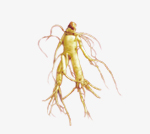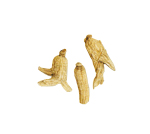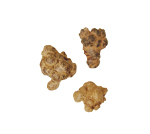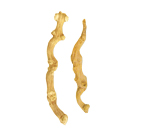Ginseng is first mentioned in "Ji Jiu Zhang" during Han Dynasty as a herb and used widely in the Orient for so many diseases and ailments. It is a plant which for thousand of years had been uniquely regarded as a panacea - a cure all.

Researches on ginseng revealed the differences of Korean ginseng and other ginseng species, it also shown ginseng have various pharmacological ingredients and unraveled its effectiveness as a panacea. Especially during Chosun Dynasty, the exportation of Korean Ginseng brought in huge tax revenue.
Korean ginseng has long been recognised as the best grade owing varied composition of its ginsenosides, the major active components of ginseng. Studies shown that Korean ginseng has adaptogenic properties which can be best explained from the oriental concept of Yin and Yang.
| KOREAN GINSENG | AMERICAN GINSENG | NOTOGINSENG | JAPANESE GINSENG | |
|---|---|---|---|---|
| Scientific name | Panax ginseng C.A Meyer |
Panax Quinquefolius | Panax notoginseng |
Panax Japonicus |
| Saponin | 22 | 14 | 15 | 8 |
| Cultivation area | Korean Penisula | Wisconsin and West Virginia, USA. Quebec, Canada. |
Northeast of Yunnan to Southwest of Guangxi, China |
Japan |
| Characteristics | Straight roots that resemble human figurine |
Similar to Panax Gin- seng but shorter and smaller in size |
Seven small leaves are attached to the main leaf, Uneven surface of the rootlet |
Curvy main root with many fine roots |
| Saponin Content | 1.45 % | 1.10 % | 1.03 % | |
| Appearance |  |
 |
 |
 |

